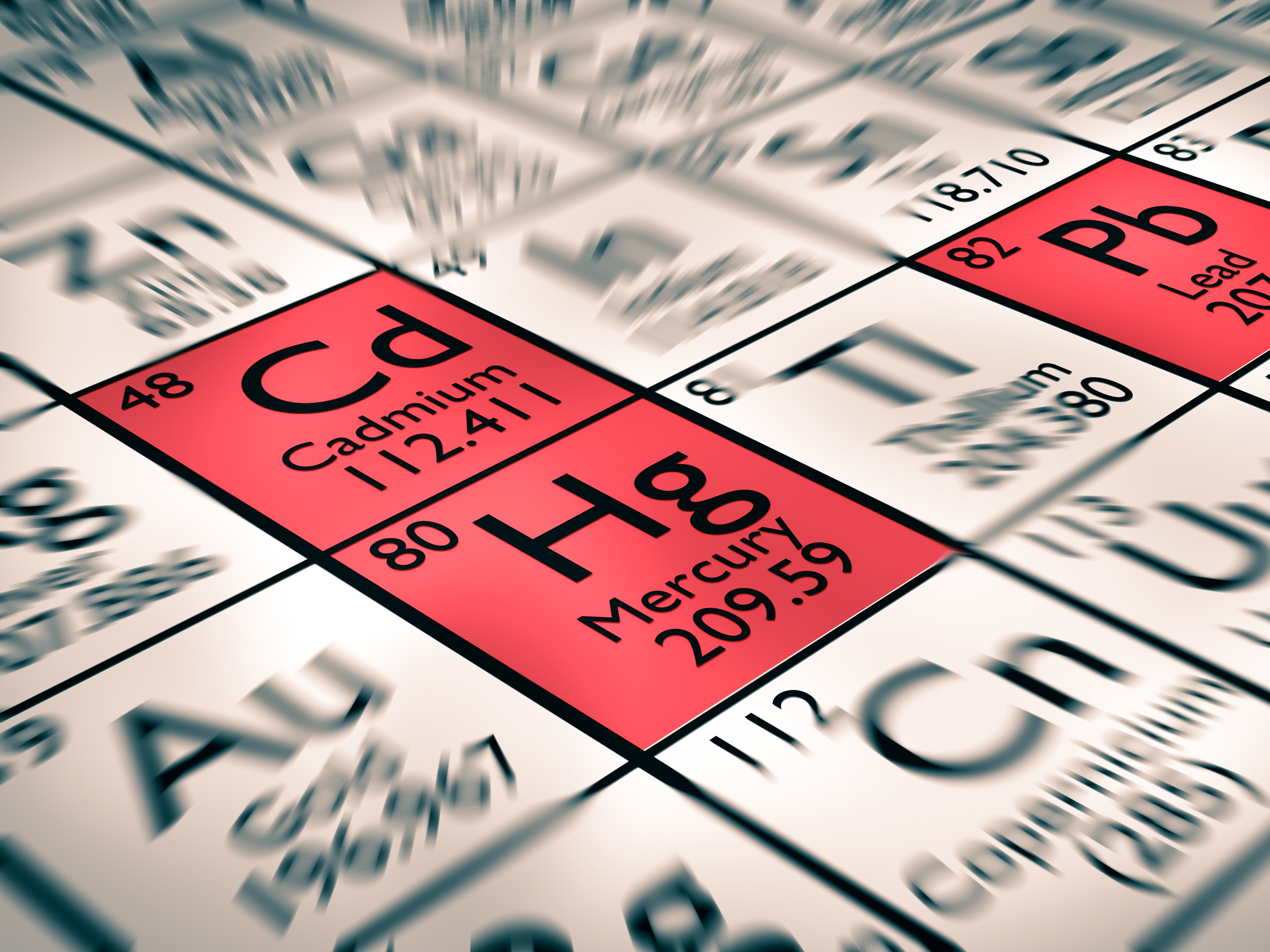Get Easy Health Digest™ in your inbox and don’t miss a thing when you subscribe today. Plus, get the free bonus report, Mother Nature’s Tips, Tricks and Remedies for Cholesterol, Blood Pressure & Blood Sugar as my way of saying welcome to the community!
Is this heavy metal slowing and shortening your life?

Have you ever thought about how fast or how slow you walk?
The next time you go check your mailbox or get something from the kitchen, take note.
Why? Because research shows that the slower you walk, the shorter your lifespan might be.
You might chalk that up to a few reasons, but I find this the most concerning…
An important new study looked at the association between cadmium levels in blood and urine, and walking speed, a measure of physical performance and mobility. They studied U.S. adults from the National Health and Nutrition Examination Survey (1999 to 2002) who were 50 years of age or older, and measured the length of time it took them to walk 20 feet.
What they found gives us all reason for concern. Cadmium concentrations in blood were associated with slower gait speed. Another study published this year found a significant association between cadmium levels and hypertension, and yet another 2017 publication found blood cadmium levels associated with increased markers of inflammation associated with cardiovascular disease.
These findings add to the growing volume of evidence supporting cadmium’s toxicity even at low levels of exposure.
How are you exposed to cadmium?
Cadmium is a soft, silver-white metal usually found associated with zinc, lead and copper ores. Salts of cadmium -cadmium chloride and sulfate are soluble in water and can enter the environment and food supply.
And you might be surprised how frequently you could be exposed to it…
Smoking and passive cigarette smoke: According to the CDC, cadmium exposure occurs through several routes. Cigarette smoking is a primary route, as the tobacco plant very efficiently takes up cadmium for the environment. Measurement of cadmium levels in body tissues confirms that smoking roughly doubles cadmium body burden in comparison to not smoking.
Workplace exposure: Cadmium exposure in the workplace takes place during mining or work with cadmium containing ores and during manufacture of products containing cadmium such as paints, batteries and plastics. Work such as plating, soldering, and welding are sources of work exposure.
Environmental exposure: Cadmium gets into soil, water, and air by metal mining and refining, manufacture and application of phosphate fertilizers, fossil fuel combustion, and waste incineration and disposal. Cadmium exists in air as particles or vapors and can be transported long distances in the atmosphere, where it will deposit onto soils and water surfaces. Cadmium binds strongly to organic matter and is taken up by plant life, eventually, entering the food supply, and soluble forms dissolve in water.
Our food supply: For most of us, nonsmokers and those who don’t work in impacted jobs, exposure comes via ingestion of foods that have been grown on soils with high cadmium levels. Leafy vegetables such as lettuce and spinach, potatoes and grains, peanuts, soybeans, and sunflower seeds can contain high levels of cadmium. Fish and shellfish can also contain significant cadmium. If you do not have enough iron or other nutrients in your diet, you are likely to take up more cadmium from your food than usual.
Negative impacts of low level exposure on body systems
Most of the cadmium that enters your body goes to your kidney and liver and can remain there for many years. A small portion of the cadmium that enters your body leaves slowly in urine and feces. Your body can change some of the cadmium to a form that is not harmful, but too much cadmium can overload the ability of your liver and kidneys and cause damage to these organs.
Exposure to lower levels of cadmium for a long time can also cause bones to become fragile and break easily. Anemia, liver disease, and nerve or brain damage have been observed in animals eating or drinking cadmium. We have no good information on people to indicate what cadmium levels people would need to eat or drink to result in these diseases, or how levels correlate to severity of increase risk. We know that cadmium has been recognized as a human carcinogen.
How to reduce your exposure
Blood or urine testing are very accurate if you suspect current or ongoing exposure. Urine testing can indicate past exposure as well. Hair or nails can also measure exposure but is subject to external contamination which can give falsely elevated levels.
Whether you’re tested or not, you should still cut down on your risk of exposure…
- Avoid smoking and exposure to passive cigarette smoke.
- If you work in an occupation that may exposure you, wear protective equipment and bathe and change clothes before going home.
- Check local fish advisories before consuming fish or shellfish from local water.
- Dispose of nickel cadmium batteries properly – recycle in appropriate area.
- Properly dispose of paints at your local recycling or waste disposal site.
What else can we do to protect ourselves?
As a physician specializing in integrative medicine and detoxification, I have long been aware of the daily and cumulative burden of multiple heavy metals from multiple sources that is the fact of our modern life. I consider it a true health crisis which is poorly recognized. We don’t know how even low levels of exposure on an ongoing basis to multiple heavy metals and other toxins adversely impact our health over the long term.
In my practice, I always recommend dietary choices which support the body’s natural systems of detoxification including phytonutrient rich and nutrient dense choices such as colorful fruits and vegetables, cruciferous vegies, legumes and organic protein sources.
In the case of heavy metals, “organic” is not a guarantee of protection, so additional supplement support is needed to bind and remove these compounds. I have seen in my practice over many years the high prevalence of metal exposure in my patients and the improvements seen with a detoxification program.
A combination of natural polysaccharide fibers, especially pectins, and alginates from seaweed, are known to bind to heavy metals and toxins, allowing their removal from the body. Such a combination can be found in PectaClear®. Combining modified citrus pectin with sodium alginates can greatly assist in the removal of cadmium and other heavy metals both from the systemic circulation and the digestive tract. Given our ongoing exposures, a daily detoxification support is a very important protective intervention.
Don’t delay! Stay hydrated, eat well, exercise, reduce your exposures, compliment with toxin removal compounds — simple solutions in a complex world.













